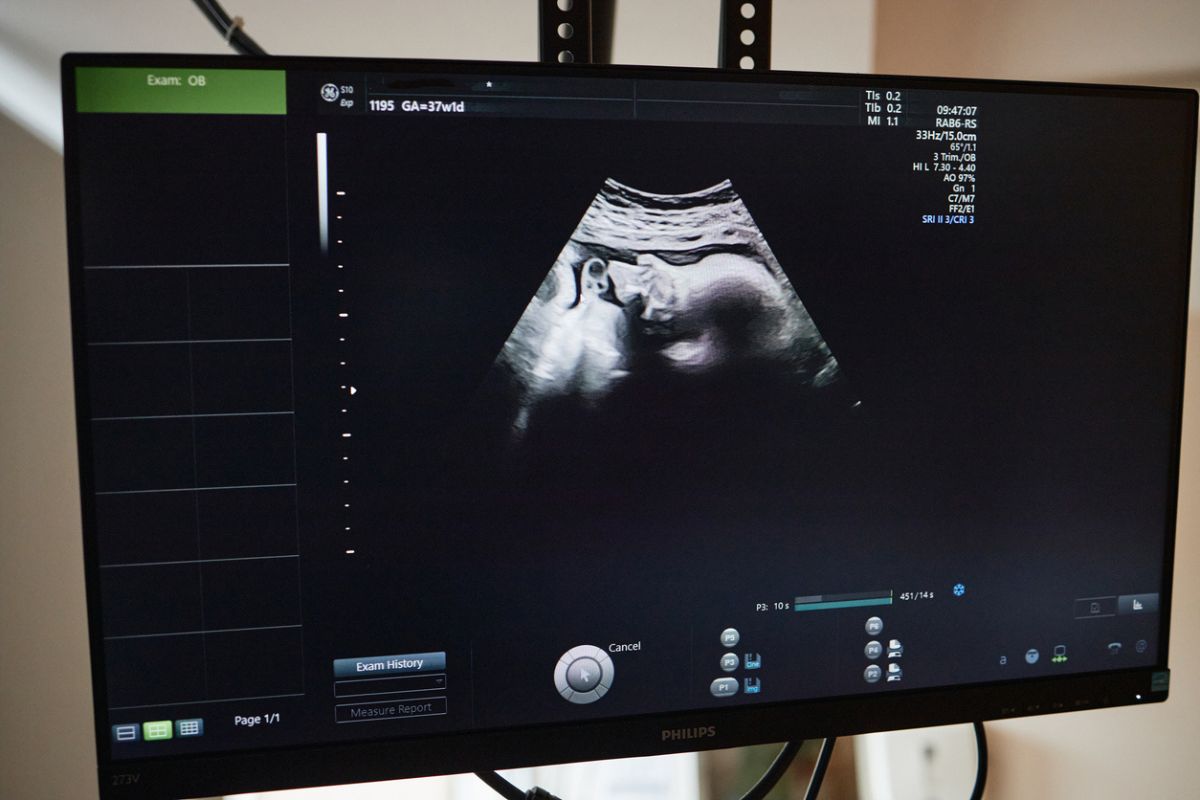Longtime fans probably already knew this, but now research confirms that Lego bricks do more than keep children entertained. They might help them finetune their math skills.
In a large-scale experiment led by University of Surrey researchers, a group of 6- to 7-year-olds took part in structured, teacher-led Lego construction sessions. The team, which included an international collaboration of university scientists, reported that the kids showed clear improvements in both spatial reasoning and math performance compared to their peers.
The project – dubbed the SPACE (SPAtial Cognition to Enhance mathematical learning) program – involved more than 400 children from 16 English schools. For six weeks, students took part in a dozen 30-minute LEGO building sessions during their normal math period, at the direction of classroom teachers. A separate group of about 100 students served as the control group, receiving traditional instruction with no additional training.
Researchers have long known there’s a robust link between spatial skills and mathematics success. But most of that evidence stems from lab-based studies, which has raised questions about whether that would translate in real-world classrooms.
The SPACE study confirms it.
“We’ve known for some time that spatial reasoning and maths are closely linked, however, most spatial training has been conducted in laboratory settings,” lead author and professor in developmental psychology Emily Farranm, PhD, said in a press release. “Our study shows that spatial training delivered by teachers in the classroom is effective, with positive outcomes for their students.”
Inside the SPACE Program
A deceptively simple activity lay at the heart of the activity: building Lego models from pictorial instructions. Each student received a tray of 250 Lego bricks and a book of models to build, all themed around imaginative prompts like pirates, aliens, and superheroes. The teachers kicked off each session with a short video and ended with a structured clean-up session. The teachers (and researchers) weren’t looking for speed. They wanted to see accuracy and spatial understanding.
Needless to say, the program focused on more than just kids playing with some toys. Teachers first underwent a half-day professional development session, where they learned about the connections between spatial reasoning and math, received practical training, and received a set of prompt cards to help guide students during sessions. These cards included spatial vocabulary and suggestions on integrating spatial concepts into everyday math lessons.
The program’s architects sought to bridge two kinds of spatial training: “isolated” practice (where students hone specific skills) and “embedded” practice (where instructors incorporate those skills into other academic content). While a lot of the studies that came before relied on isolated methods, the SPACE program sought a more blended approach.
Measuring the Impact of Legos
The study used three metrics to evaluate the program’s effectiveness: a spatial language test, a mental rotation task, and a math test aligned with England’s Key Stage 1 curriculum.
The results (pleasantly) surprised the researchers.
- Mental rotation scores shot up dramatically, which the authors called a medium effect size.
- Math performance also improved notably in the intervention group, with a small effect size, which remained consistent with other successful educational interventions.
- Spatial language, however, displayed no change. Both intervention and control groups improved at about the same rate.
Additionally, gains in mental rotation ability didn’t directly influence the improved math scores. That doesn’t mean spatial training wasn’t responsible. The study’s authors suggest that it probably tapped into a broader set of spatial competencies not captured by the mental rotation task alone.
Earlier studies have shown that LEGO construction activates multiple cognitive skills, including visuo-spatial working memory, disembedding, and spatial-numerical associations.
Teachers as Engines of Change
A major strength of the SPACE program was its reliance on classroom teachers—not researchers—for delivery. This distinction matters. Interventions that depend on external facilitators rarely scale. But in SPACE, teachers embraced the role. Independent evaluations reported high fidelity and strong enthusiasm across participating schools. Some teachers even integrated what they learned into other parts of their instruction.
Still, the researchers caution that spatial reasoning is virtually absent from the current U.K. math curriculum. Topics such as visualization, perspective-taking, and spatial scaling don’t get enough attention, despite mounting evidence that they help boost math learning. The team hopes their findings prompt policymakers to consider a more spatialized curriculum, which embraces hands-on learning.
The SPACE program focused on “isolated” spatial training through structured LEGO tasks. But the study’s authors insist that the next evolution must go further. Prioritizing spatial reasoning in other subjects could yield even more widespread results. Studies show that when educators weave spatial concepts into everyday lessons, students can apply those skills to other domains.
For now, the takeaway is obvious. Providing kids with more (playful) opportunities to engage with spatial activities can markedly boost their math skills. And compared to most educational initiatives, this isn’t a costly investment. Kids just need a teacher, some Lego bricks, and a place to build.
Further Reading
Later Start Times, Improved Outcomes a Wake-Up Call for One Colorado School District
Handwriting Shows Unexpected Benefits Over Typing
Beyond Juneteenth: The Mental Health Crises Facing Black Youth



